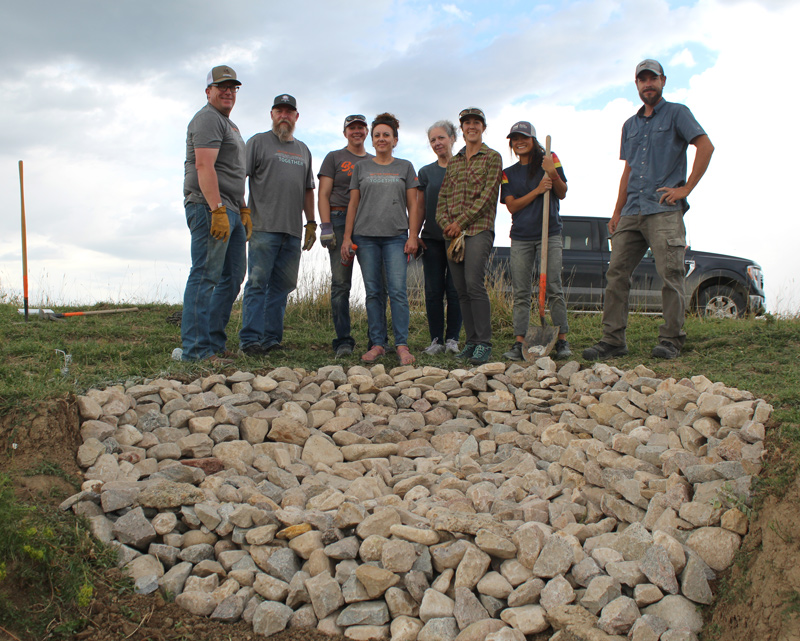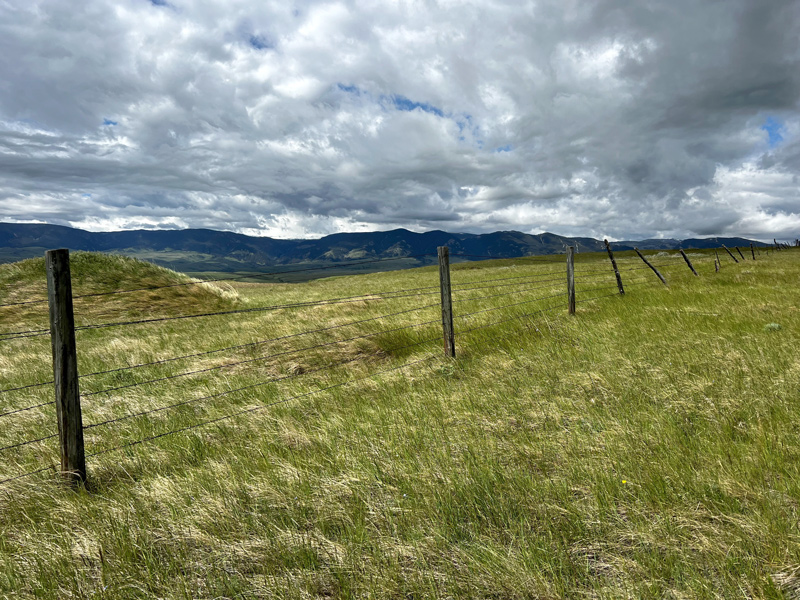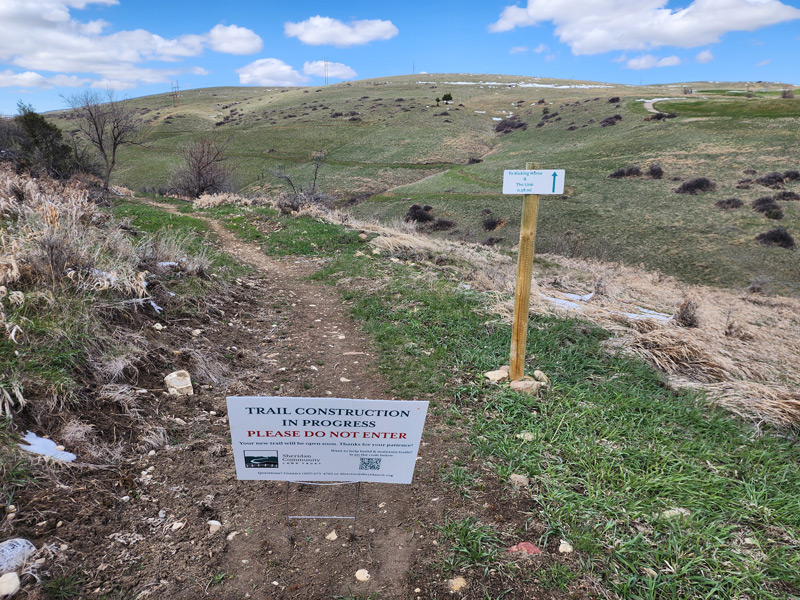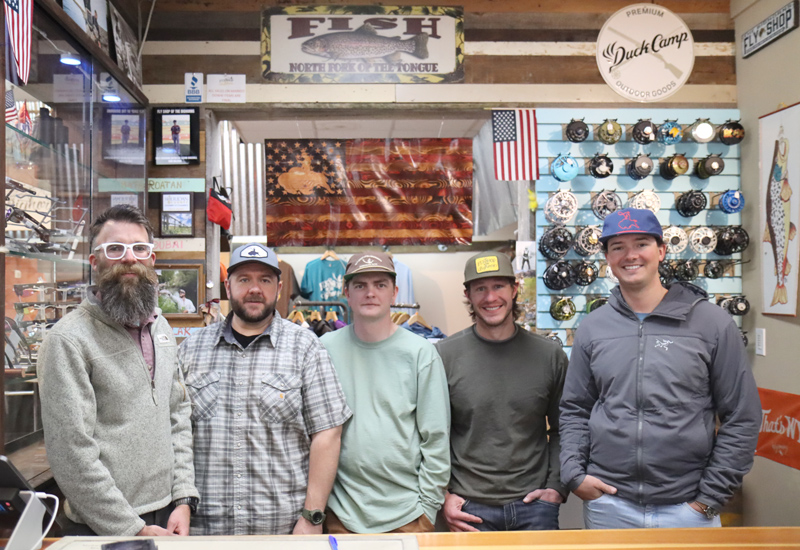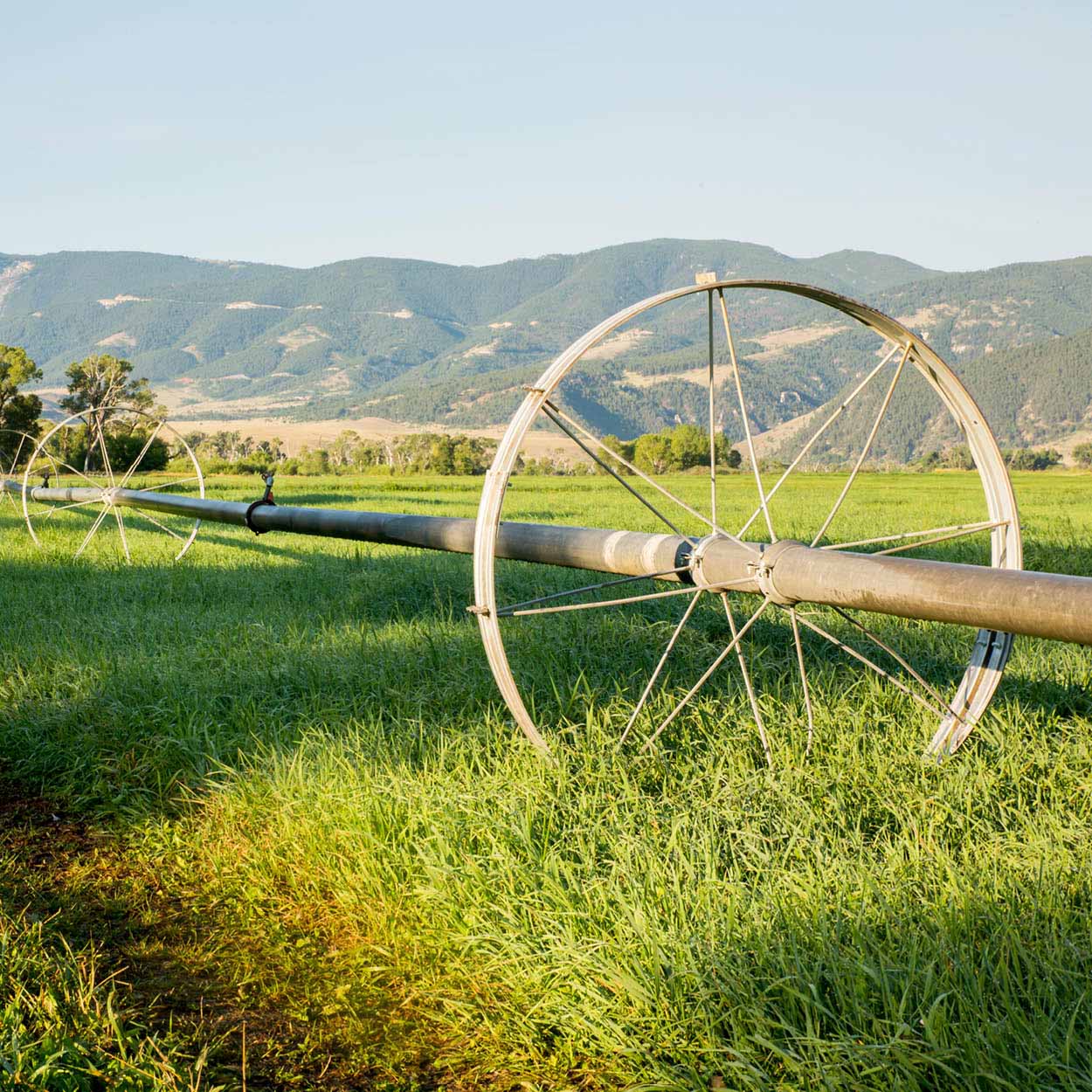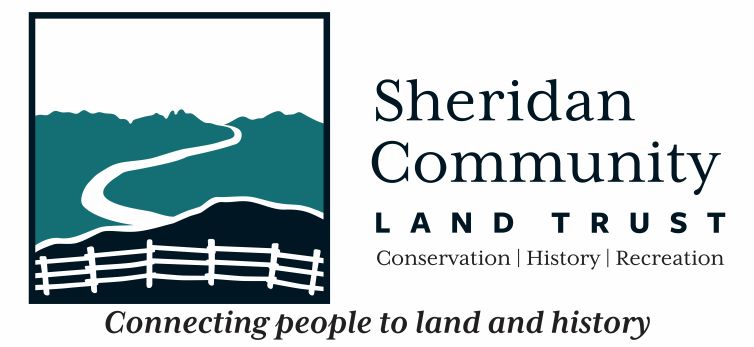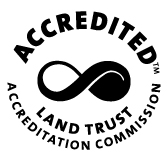Good soil takes hundreds of thousands of years to build. And in a matter of minutes, it can all be washed away. This is especially true in Sheridan County where much of our soil easily erodes.
Thankfully, there’s a solution and SCLT can work with you to stop water-driven erosion and heal your land.
Zeedyk is the not-so-common term that commonly refers to several types of simple stone structures used to stop the progress of headcut erosion and gullies in pastures and range land.
“The goal is to preserve what you have and restore what was lost,” remarked SCLT Conservation Intern Rebecca Ash who has spent her term working with local families to scout sites that can benefit from Zeedyks.
She said Zeedyks work by slowing the flow of water across wet meadows and valleys. This allows more water to soak into the soil where it is available to plants for a longer period of time.
“The result is an increase in vegetation and improved wildlife habitat,” Rebecca asserted. “This helps the land become more drought resistant. With water already being scarce in the West, these areas are highly valued by livestock and wildlife.”
Zeedyks are relatively new to the Cowboy and Cowgirl State; however, they have a proven track record of success elsewhere in the Mountain West. Land managers in Colorado’s Gunnison Basin have built more than 1,000 such structures in the past 20 years. They’ve reported headcuts healing, more water in the streams, and more shrubs and grasses growing in the meadows! That’s particularly good news for birds like sage grouse.
“With a few stone structures, we’re improving survival odds for all kinds of wildlife,” said Conservation Director Meghan Kent. “More than 80% of our wildlife depend on wet meadows at some point in their lives.
For sage grouse in particular, these wet meadows are vital for newly-hatched chicks.”
“We’re just scratching the surface of Zeedyks’ potential in Sheridan County. Anywhere there’s a headcut, that’s a pasture being lost and that’s a place Zeedyks can fix!” ~ SCLT Conservation Director Meghan Kent
This fall, Rebecca oversaw a team of volunteers from First Interstate Bank who helped build three structures on the Sheridan Heights Ranch in an area with greatly growing gullies next to Hidden Hoot Trail. With its high visibility, it was a perfect place to showcase the power of these low-tech, high-reward solutions.
After Rebecca surveyed the site and staged material, volunteers were able to build the Zeedyks in a short afternoon. All it took were a few picks, shovels, a wheelbarrow, and some creative stacking of stones.
Rebecca anticipates the erosion will stop and vegetation will begin to grow back as the Zeedyks catch soil that is carried by the water moving downhill. Once caught, that soil will build back with vegetation not far behind. Good news: the Zeedyks were already catching soil after heavy rains rolled through shortly after being built.
“I predict we will begin to see degraded areas begin to build back up over time as we let the water do the work,” she mused.
Though Rebecca’s term will close soon, her work will continue. This spring, SCLT will oversee the installation of additional Zeedyks with another family who are eager to stop erosion and heal their range land.
SCLT will offer free surveying and design to interested landowners thanks to kind friends who care about keeping lands productive for livestock and wildlife in Sheridan County. SCLT is also pursuing grant funding to help cover the costs of Zeedyk installation so there will be little to no cost for landowners to improve their land.
It is more important than ever to help heal land. Learn how you can help with our Zeedyk guide on our “Water & Drought” page. You can contact Meghan to arrange a free survey and design, too!

